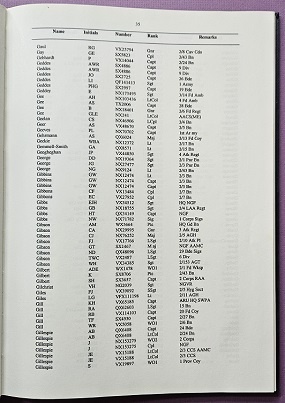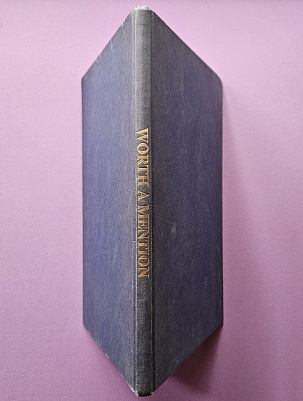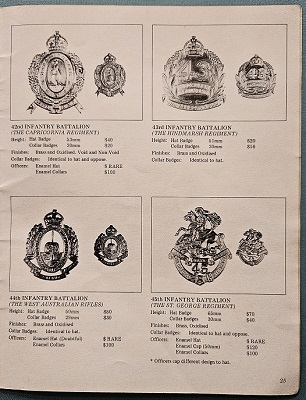Description
Title: The Silver War Badge British Issue to Australian Imperial Force Members World War I
Author: Smith, Neil
Condition: Mint
Edition: 1st Edition
Publication Date: 2011
ISBN: N/A
Cover: Soft Cover without Dust Jacket – 45 pages
Comments: Card cover listing of these badges extracted from National Archives London records. Presented alphabetically with regimental details and by badge number. Typically issued to Australians who discharged in the United Kingdom.
This is small publication is not a complete listing of the SWB to Australians and lists approx 1030. Information obtained from the National Archives Kew, London.
The Silver War Badge was issued in the United Kingdom to service personnel who had been honourably discharged due to wounds or sickness during World War I. The badge, sometimes known as the Discharge Badge, Wound Badge or Services Rendered Badge, was first issued in September 1916, along with an official certificate of entitlement.
The sterling silver lapel badge was intended to be worn in civilian clothes. It had been the practice of some women to present white feathers to apparently able-bodied young men who were not wearing the King’s uniform. The badge was to be worn on the right breast while in civilian dress, it was forbidden to wear on a military uniform.
The badge bears the royal cipher of GRI (for Georgius Rex Imperator; George, King and Emperor) and around the rim “For King and Empire; Services Rendered”. Each badge was uniquely numbered on the reverse. The War Office made it known that they would not replace Silver War Badges if they went missing, however if one was handed into a police station then it would be returned to the War Office. If the original recipient could be traced at his or her discharge address then the badge would be returned.
A very similar award, known as the King’s Badge, was issued in World War II. Although each was accompanied by a certificate, issues of this latter award were not numbered.
Approximately 1,150,000 badges were issued, which had to be claimed and then approved, generally covered by §(xvi) above. The numbers on the back of the badge kept changing during the war.
- Between September 1916 and March 1918, they were issued with just a number and were better quality than most stampings. Around 335,000 of these were issued.
- Between March 1918 and September 1918, these were the second series. This took the number of badges issued up to 450,000.
- Between September 1918 and December 1919, they had a ‘B’ prefix before the number. Around 450,000 of these were issued.
- Between December 1919 and January 1920, they had a ‘O’ prefix, around 5,000 of these were issued.
- Between January 1920 and March 1992, they went back to ordinary numbers again. Around 70,000 badges were issued.
- After April 1918 there were several changes;
RAF men were issued with badges prefixed with RAF, over 10,000 badges were issued. - The Royal Navy had a separate prefix, which was ‘RN’, there were at least 43,000 badges issued.
- After this date it became possible for servicemen, civilians who served in the RAMC, female nurses, VADs, QMAAC staff, etc. to get awarded the silver war badge.





